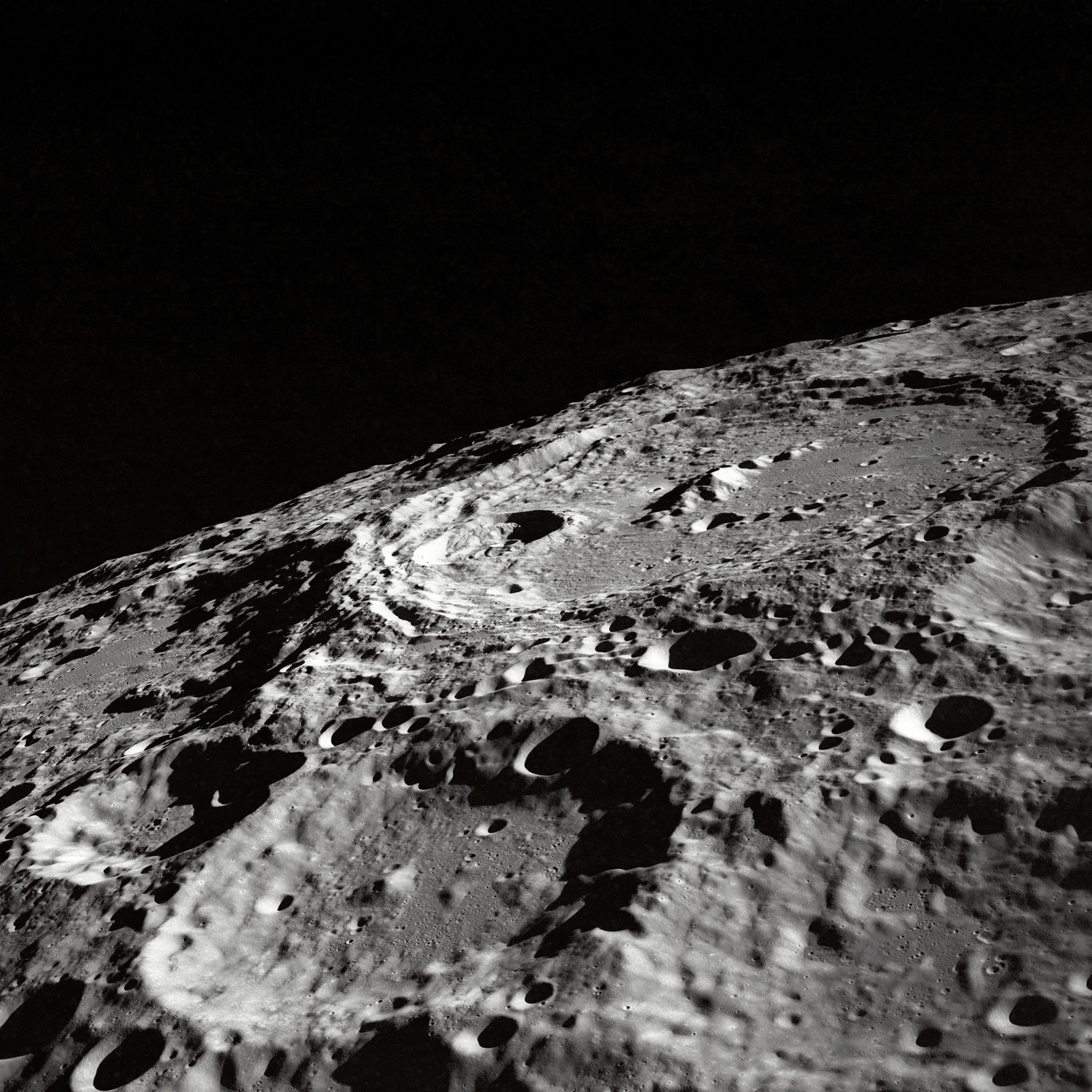The Moon Orbits the Earth Every
When we look up at the night sky, one of the most prominent celestial objects we see is the Moon. With its radiant glow and gentle movements, it has fascinated humans for centuries. But have you ever wondered why the Moon appears to change its position in the sky night after night? The answer lies in the fact that the Moon orbits the Earth every 27.3 days.
Understanding the Moon’s Orbit
The Moon’s orbit around the Earth is not a perfect circle but is slightly elliptical in shape. This means that at certain times, the Moon is closer to Earth, while at other times, it is farther away. The point at which the Moon is closest to Earth is called perigee, while the point of farthest distance is known as apogee.
As the Moon orbits the Earth, it also rotates on its axis once every 27.3 days, which is the same duration as its orbital period. Because of this synchronous rotation, we always see the same side of the Moon facing Earth, a phenomenon known as tidal locking.
Gravity’s Role in the Moon’s Orbit
The Moon’s orbit is primarily governed by the gravitational forces between the Earth and the Moon. According to Newton’s law of universal gravitation, every object in the universe attracts every other object with a force that is directly proportional to their masses and inversely proportional to the square of the distance between them. In simple terms, this means that the larger the mass of an object, the stronger its gravitational force.
Due to the Earth’s significant mass compared to the Moon, the Earth exerts a gravitational force on the Moon that keeps it in its orbit. This force acts as a centripetal force, constantly pulling the Moon towards the Earth and preventing it from moving off into space or falling onto the Earth.
Effects of the Moon’s Orbit on Earth
The Moon’s orbit around the Earth has several significant effects on our planet. One of the most noticeable effects is the Moon’s influence on tides. The gravitational pull of the Moon creates tidal bulges on the Earth’s surface, leading to the rise and fall of ocean waters. When the Moon is directly overhead or on the opposite side of the Earth, high tides, known as spring tides, occur. Conversely, when the Moon is at a right angle to the Sun, low tides, called neap tides, take place.
Another effect of the Moon’s orbit is its impact on Earth’s axial tilt. The gravitational force of the Moon helps stabilize Earth’s axial tilt, resulting in a more stable climate over long periods. Without the Moon, Earth’s axial tilt would vary wildly, leading to extreme climate fluctuations.
Observable Changes in the Moon’s Orbit
While the Moon orbits the Earth every 27.3 days, there are observable changes in its position and appearance throughout the month. These changes are attributed to the Moon’s phases, which result from the relative positions of the Sun, Earth, and Moon.
During a new moon, the side of the Moon facing Earth is not illuminated by sunlight, making it appear completely dark. As the Moon orbits the Earth, more of its illuminated side becomes visible, leading to the waxing crescent, first quarter, waxing gibbous, full moon, waning gibbous, third quarter, and waning crescent phases, respectively.
One complete cycle of the Moon’s phases takes approximately 29.5 days, slightly longer than its orbital period. This is why the time between two full moons, known as a lunar month, is longer than the time it takes the Moon to complete one orbit around the Earth.
Missions to Explore the Moon’s Orbit
Throughout history, humans have been fascinated by the Moon and its orbit. This fascination has led to numerous missions aimed at exploring the Moon’s surface and studying its orbit in greater detail.
One of the most iconic missions was the Apollo program, which resulted in six crewed landings on the Moon between 1969 and 1972. These missions provided valuable data about the Moon’s composition and gravitational forces and helped deepen our understanding of lunar orbit.
In more recent years, NASA’s Lunar Reconnaissance Orbiter (LRO) has been orbiting the Moon since 2009. The LRO has provided detailed maps of the Moon’s surface and collected data to assist future missions, including plans for crewed lunar landings.
Conclusion
The Moon’s orbit around the Earth every 27.3 days is a captivating phenomenon that has intrigued humans for ages. Understanding the factors influencing this orbit, such as gravity, is key to comprehending the Moon’s impact on Earth, from its influence on tides to its stabilizing effect on our climate. Through continued exploration and study, we can unlock even more insights about the Moon’s orbit and deepen our knowledge of the solar system.
Table of Contents
